The ideal solution for every application
Informed decisions in the face of potential risks or problems
Our technology allows non-contact estimation of variables that determine water quality, at control points associated with any type of risk or need within the entire integral water cycle. This allows to scale up traditional control and sampling systems, in a cost efficient and individualized way
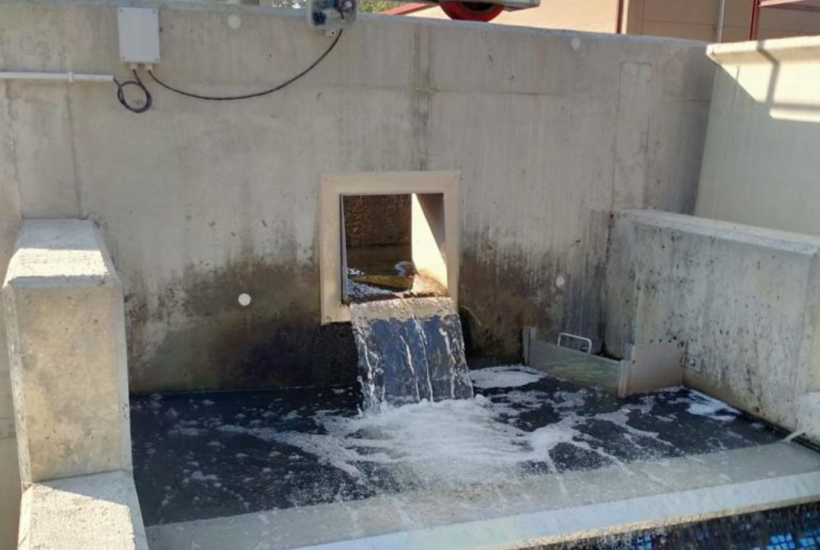
Monitoring of the WWTP outlets
Early detection, at the outlet of the WWTP, of the risk of non-compliance with the legal levels required in the authorization. This detection allows the addition of inhibitors or reagents (e.g. defoamers) for immediate management, improving plant efficiency and optimizing additive costs
Monitoring of the WWTP inlets
Early detection of unexpected spills at the inlet of both urban/assimilable and industrial treatment plants. This detection allows both detour or diversion of the discharge to containment tanks for further treatment, and the addition of inhibitors or reagents for immediate management (such as ferric chloride, urea or phosphoric acid to increase or decrease phosphorus and total nitrogen levels). This helps to improve the efficiency and effectiveness of the wastewater treatment process prior to reuse and delivery to the natural environment
Monitoring of strategic points of the watercourse
Continuous monitoring of basin points with high discharge pressure or located in places with high environmental risk: waters below metropolitan areas, industrial estates, airports and logistic centers or areas with high diffuse pollution from intensive agricultural areas
Monitoring of catchment points (reservoirs)
Continuous monitoring of freshwater catchment and potabilization/desalination processes to allow early detection of problems related to turbidity, algae blooms and uncontrolled discharges (such as grease and oils)
Monitoring of effluents and mixing points
Continuous individualized control of the discharge point (point of contact between the effluent and the receiving environment). Helps to ensure regulatory compliance with the legal levels required in the authorization
Monitoring of homogenization processes
Continuous control of homogenization ponds and tanks for the addition of inhibitors or reagents, such as caustic soda or sulfuric acid to increase or decrease the pH levels of the homogenized water. This helps to improve plant efficiency
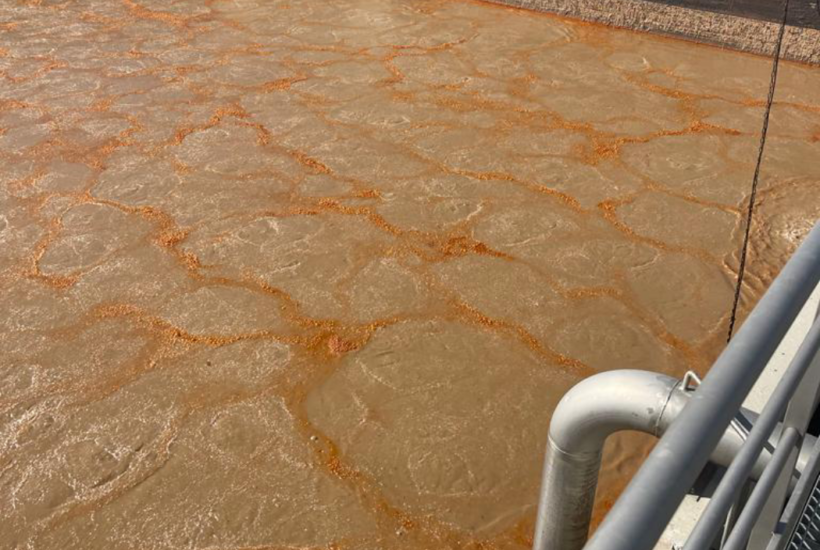
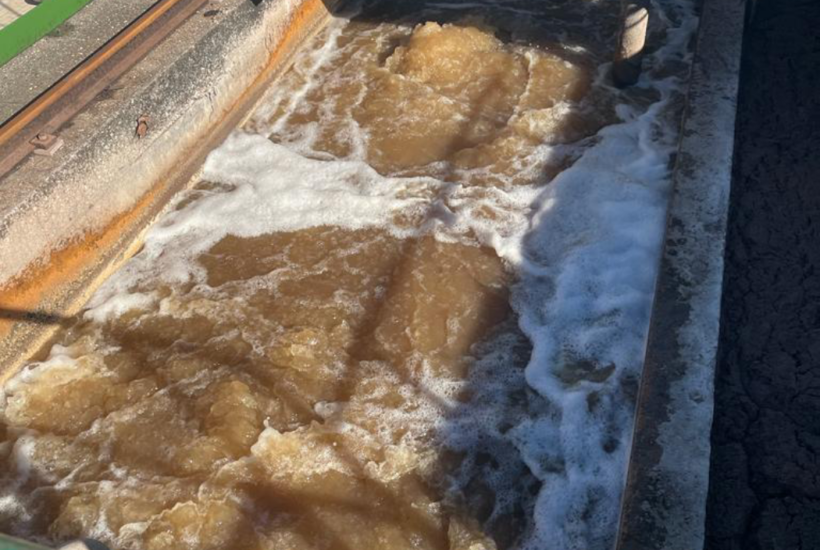
Monitoring of desanding/degreasing processes (DAF)
Continuous control of desanding and degreasing processes for the addition of inhibitors or reagents, such as coagulants or flocculants, prior to primary settling. This helps to improve plant efficiency and cost savings in reagents
Monitoring of biological reactors
Continuous control of biological reactors for oxygenation control and management of blowers and aerators, prior to secondary settling. This helps to improve plant efficiency by saving energy consumption costs and guaranteeing the quality of the bacterial liquid
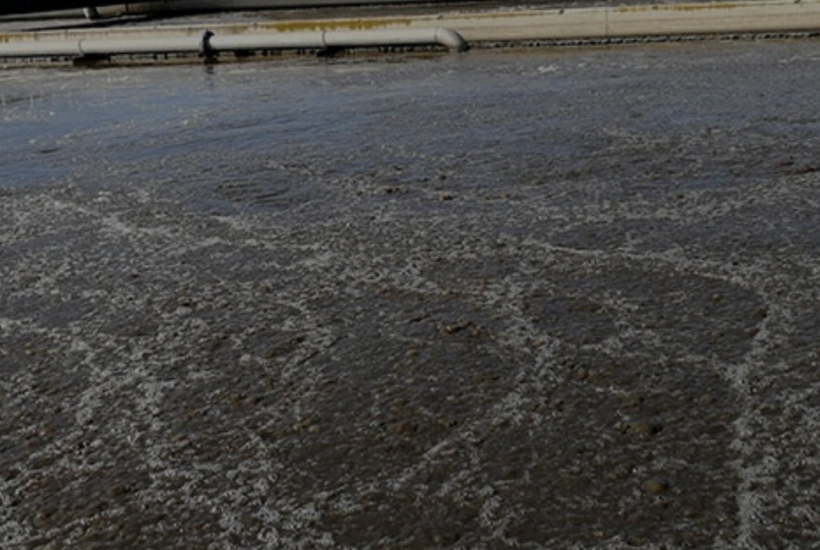

Monitoring of clarification processes
Continuous monitoring of the outlet water after clarification processes for the addition of oxidants and disinfectants, such as ozone or defoamers, prior to leaving the plant. This helps to improve plant efficiency by saving costs and effectiveness while complying with regulatory standards
Monitoring of spillways
Continuous control of the evolution of any spillway point, both from the quantitative point of view of quantity of spillway and from the qualitative point of view of load or quality of the spillwayed. This helps to have a continuous data of when and how much is happening at that spillway point
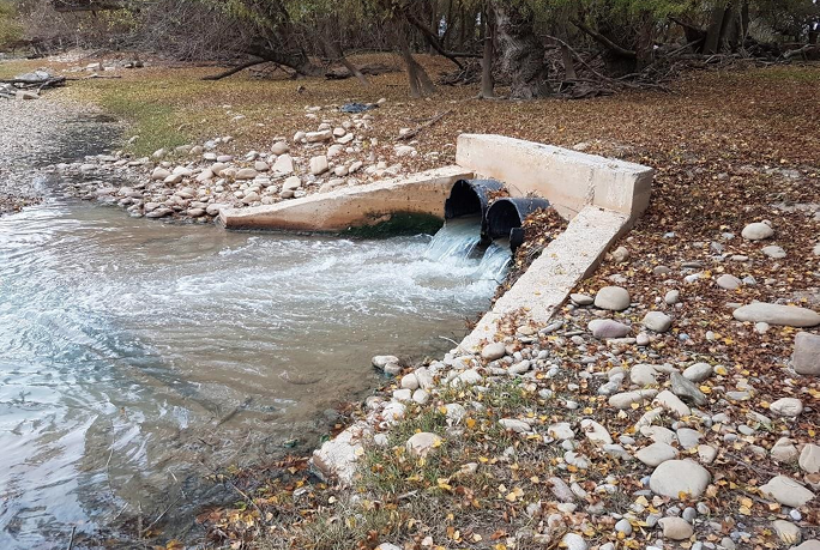
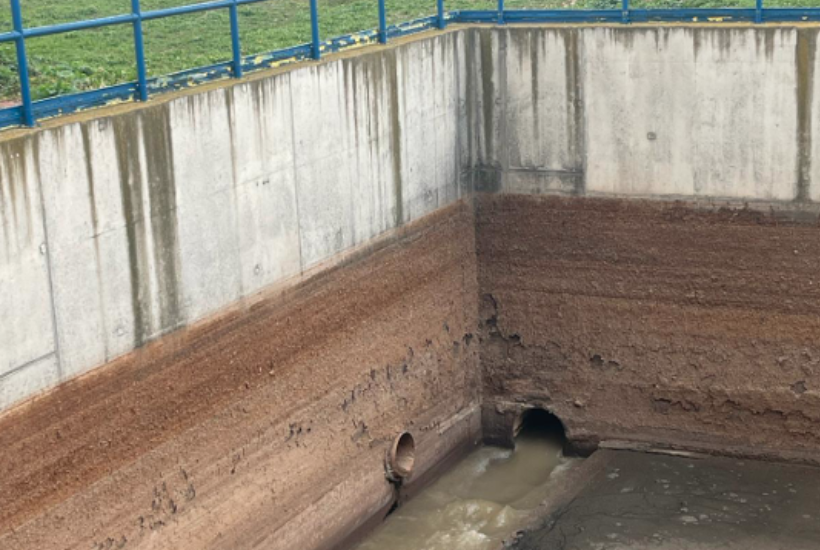
Monitoring of centrifuge returns
Continuous monitoring of the centrifuge return evolution, both from the quantitative point of view of return quantity and from the qualitative point of view of centrifuge load or quality. This helps to have a continuous data of how the return can affect the inlet and therefore the rest of the purification processes; being able to divert for individual treatment or recirculate water from the inlet to minimize the inlet load
Monitoring of sludge dewatering
Continuous control of the drainage of filtration or centrifugation systems in sludge dewatering processes, for the addition of reagents, such as polyelectrolytes. This helps to reduce the sludge volume to a minimum and thus improve plant efficiency and save costs
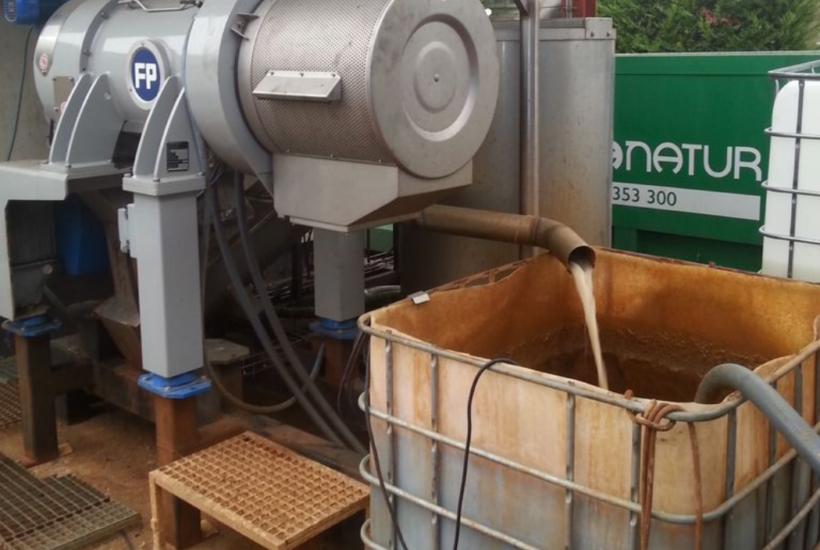

Monitoring of distribution tanks
Continuous monitoring of drinking water distribution tanks and reservoirs to allow early detection of turbidity and color problems
Monitoring of stormwater detention vaults
Continuous control of the situation of a stormwater detention vault, both from the quantitative point of view of quantity and from the qualitative point of view of tank quality. This helps to have a continuous data of when and how much is happening in that tank and to be able to discharge or divert to treatment

Join the future of continuous water quality monitoring
Learn how we are leading innovation in water monitoring worldwide
